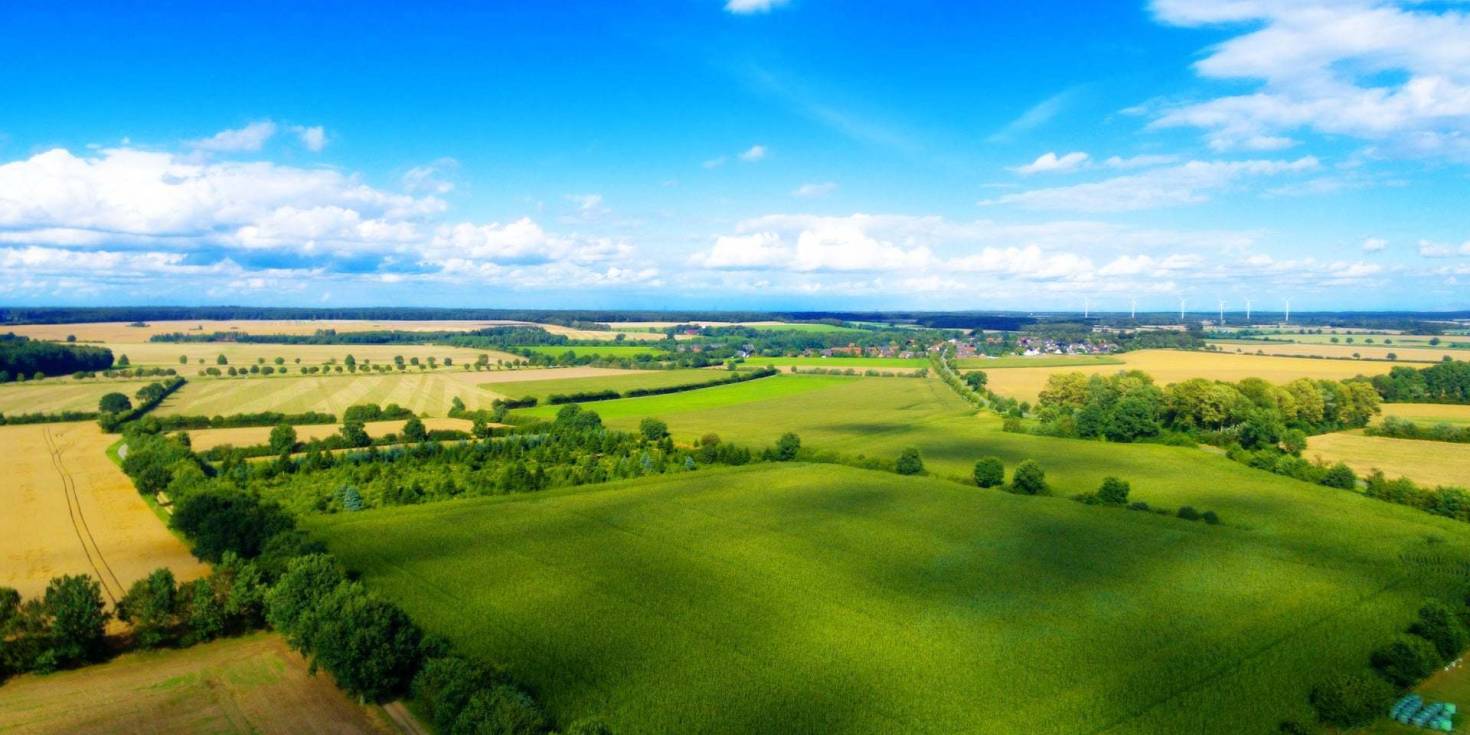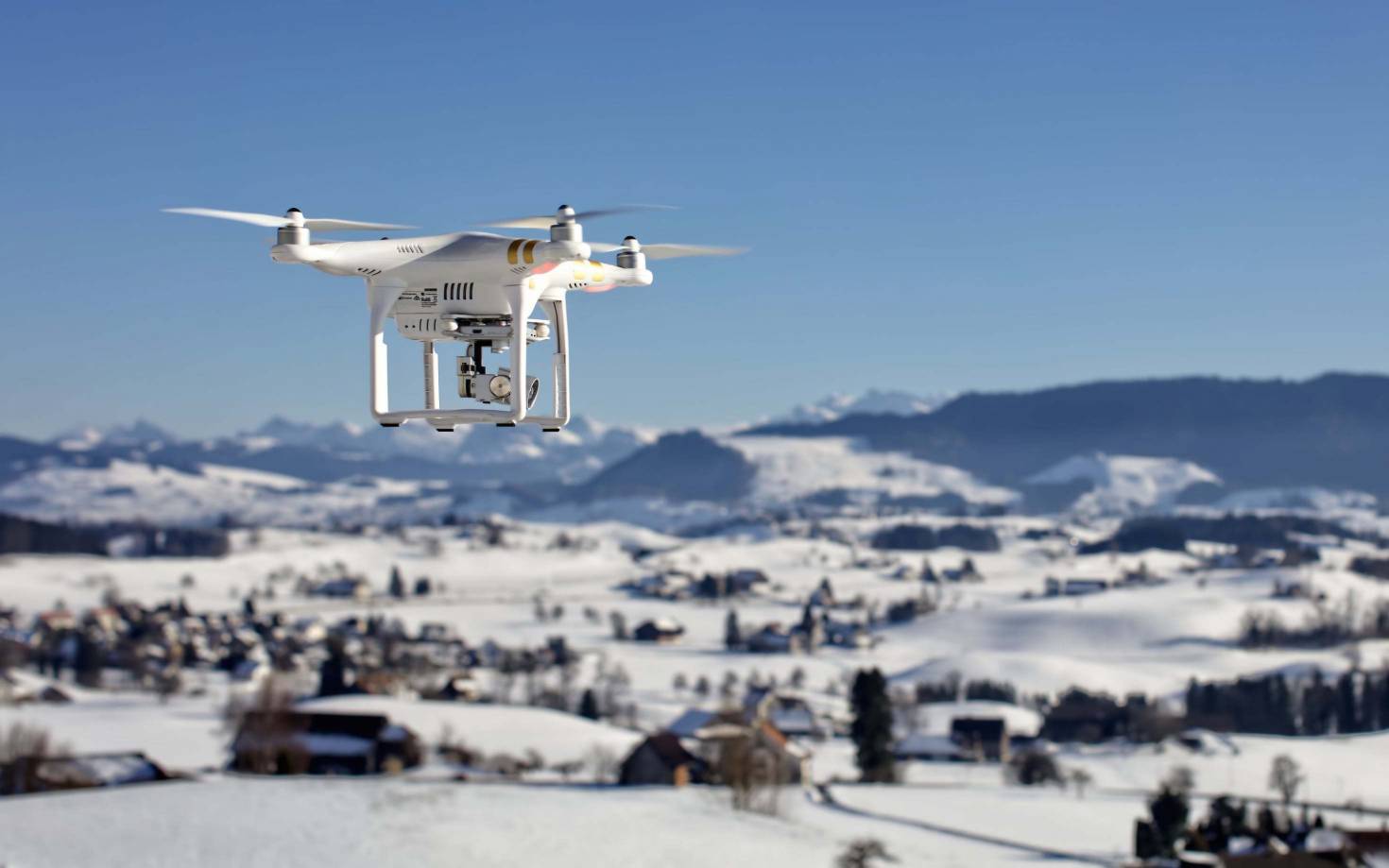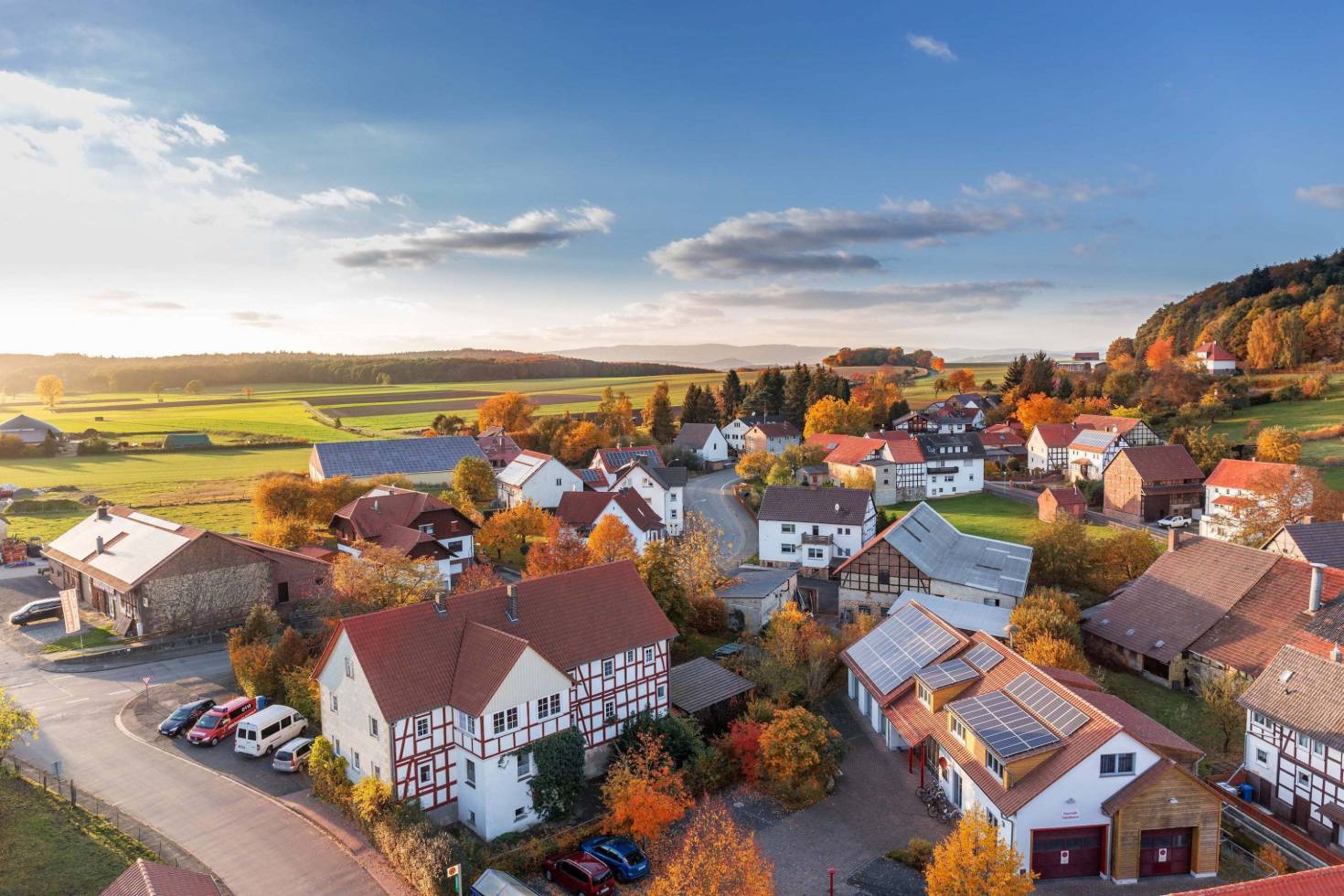
When you purchase property, how far above your land do you own? Air rights are becoming a legitimate concern for property owners.
Jay Mark Hendrix Updated July 6, 2024
Did you assume you own the airspace above your land and home when you bought your property? Or have you ever been sitting in your backyard pondering the question. how much airspace do I own above my land?
With the recent boom in drones, more and more people are being forced to consider questions like these. Air rights are being brought back into public conversation and controversy.
Put simply, air rights are the property interest in the space above the earth’s surface. When you buy land for sale, it usually comes with a bundle of rights including surface, mineral, water, and air rights. In many cases, each of these rights can be bought, leased, or sold alone. Immediately this poses the question, when it comes to air rights, how far above my land do I own? Conflicts about airspace go back further than you might think. Cuius est solum, eius est usque ad coelum et ad inferos is a popular 13th-century Latin maxim basically translating to…”whoever's is the soil, it is theirs all the way to heaven and all the way to hell.” This phrase was used in a court case in 1587 where a landowner built a structure that blocked a portion of his neighbor's sunlight. The structure was deemed legal since the landowner owned the entire space above his land.

Although this statement can still be used as a general guideline, it had to be strongly reevaluated with the emergence of airplanes in the 20th century. Ownership no longer extends endlessly into space. Today, air rights extend to the airspace above the surface that could reasonably be used in connection with the land. Airplanes soaring above your property are not trespassing because they are flying in what Congress has declared as the public highway. In the 20th century, railroad owners began realizing the space above rail yards could be used to build structures. Air rights began to be used to build major buildings over active railroad tracks in Chicago, IL and then in many other cities. Early Chicago examples include the Merchandise Mart in 1929 which became the world’s largest building at the time and the Main Post Office in 1932.
You may be thinking “the airspace above the surface that could reasonably be used in connection with the land” seems noticeably vague. At what point does my airspace end and the public highway begin? Unfortunately, there is no exact answer to this question, but generally, the government considers the public highway to start around 500 feet in uncongested areas, and 1000 feet otherwise. Flight over private land cannot interfere with the enjoyment and use of the land.

What about the airspace below 500 feet? Can helicopters, drones, or hang gliders legally fly above my property? In 1946 in the case of the United States v. Causby, a large military aircraft flew 83 feet above a farmer’s land startling his chickens, causing them to kill themselves by flying into walls. The Supreme Court ruled in favor of the farmer. So we are at least entitled to 83 feet. What about the space between 83 and 500 feet? Well… this appears to be rather unclear and is still undecided. In the past, the majority of drones were government controlled for surveillance, but now more and more individuals are flying them. The air rights controversy may increase as some say landowners should determine whether a drone can fly over their land, while others say the decision should be made collectively. There have been several cases where drones have been shot down by individuals accusing the drone pilot of trespassing.

Zoning laws also factor into air rights. Just because you own the airspace above your property doesn’t mean you can build a high rising apartment building or add 3 stories on top of your existing home. Zoning laws may not allow this. As a property owner, it’s important to understand what you own and be familiar with the laws concerning it. Air rights will become even more crucial as the FAA predicts drone sales could go from 2.5 million in 2016 to as many as 7 million in 2020. It'll be interesting to see what the future holds concerning air rights and property ownership. If you're looking for your own property or looking to expand, head over to our inventory of land for sale near you.

Just because you own property, it doesn’t mean you own the minerals. The U.S. is one of the few countries that allows individuals to take ownership of and profit from mineral rights.

It’s crucial to have a clear understanding of whether or not there are easements on the land you're about to buy, as well as to find out what kind they are and where they're located.